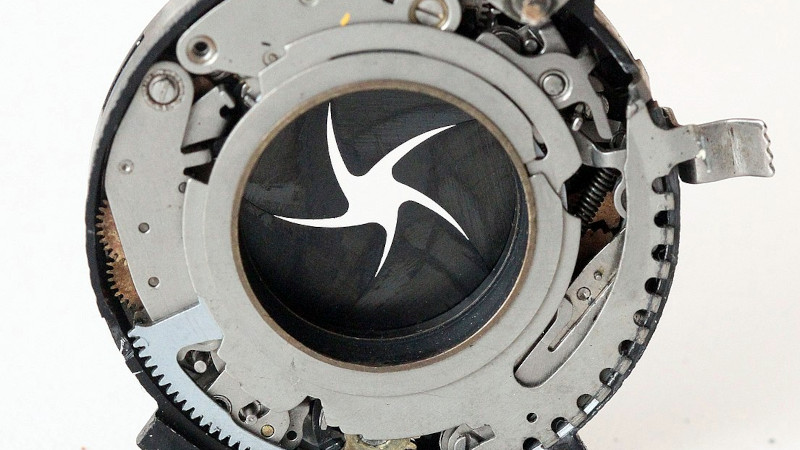Buying old cameras is one of the best ways yet found to part a geek from their money, but if you don’t mind finding a few duds along the way it’s still possible to pick up something nice without paying the excessive scene tax of an Etsy seller or an online store. The trouble is, in the many decades during which your purchase went from being pride and joy to forgotten in a drawer to lying on the shelf of a thrift store, its performance may have degraded a little. Does the shutter still operate as it should? How long is a split second anyway? You need a shutter speed tester, and luckily for us, [Stuart Brown] has one.
There are no sharks involved in this build, but it does rely on laser diodes as a light source. There are three of them as well as three sensors, packaged photodiodes with a Schmidt trigger. These feed an Arduino which is hooked up to a TFT display, and the software measures how long each diode receives the light. We’re told it can also measure the raise time on curtain shutters, another important metric.
There’s little in the way of usage examples, but we’re guessing it requires positioning the camera between lasers and photodiodes. We’re curious as to how such an instrument would perform on a camera with a fixed lens, or whether it’s only suitable for those with access to the shutter itself. If this subject interests you, it’s not the first shutter speed tester we’ve shown you.
Header image: Runner1616, CC BY-SA 4.0.

















No sharks were harmed in this build.
Were the sea bass ill tempered ?
I recently had the question and just ended up recording the shutter using DSLR at 60fps with the film door open. Most smartphones can do 60fps video probably good enough.
It was good enough to test the 1/10, 1/30 and 1/60 shutter speeds were sane.
For lowish speeds like 1/10 to 1/120, one can do this by sound without opening the camera. There is an Android app that just records the sound and shows a zoomable graph of it, and you can then measure the time between the click at the start and the click at the end.
That’s brilliant! Im gonna have to see how far I can push it.
This is pretty much all about view camera lenses. Almost all other lenses have no shutter and rely on the shutter in the camera body itself.
My entire hacker/electronics hobby/lifestyle began with some view camera lenses and this very project in mind. I have since passed the view camera and lenses along to other parties and never did finish the shutter calibration project, though it was the tiny seed that sprouted into so much else.
At least with removable lens cameras. I’m not sure *any* fixed lens camera gets built with a focal plane shutter.
@Severe Tire Damage: Only view camera lenses? I don’t think that is true, despite the header image showing a leaf shutter, often used in view cameras.
Stuart Brown mentions “Measurement of shutter speeds & curtain travel times using 3 lasers and sensors”, which indicates a focal plane shutter with a shutter curtain. This will also explain why 3 laser/sensor pairs are required as one pair is placed to measure the start of the opening, one pair at the centre and one pair at the end. That way it is possible to measure the shutter speed in three places and therefore the variation across the focal plane and it is possible to measure how long the shutter takes from start to finish.
A leaf shutter can be measured fairly reliably in the centre with one pair of laser/sensor.
LOL, has anyone looked at his code ? So many examples of what NOT to do when coding something that is measuring time.
Write a few patches and submit them. I’m sure he’d appreciate the pointers.
I thought it was actually bad but seems just fine for the need. Actually quite good in my opinion.
“How long is a split second anyway?”
Anecdotally it is the interval between the traffic light turning green and the first hoot from behind you.
;-)#